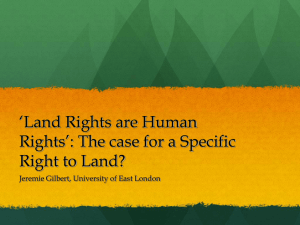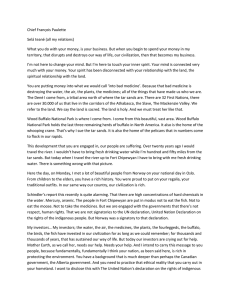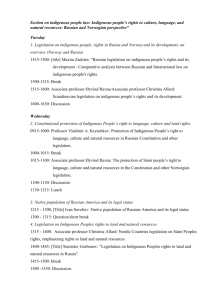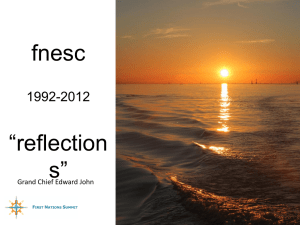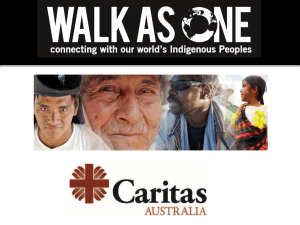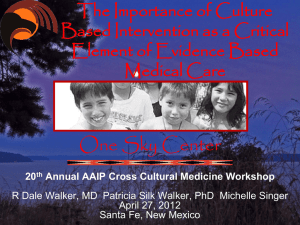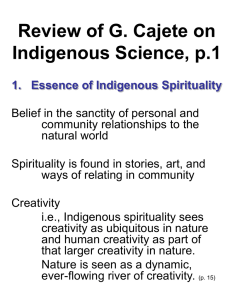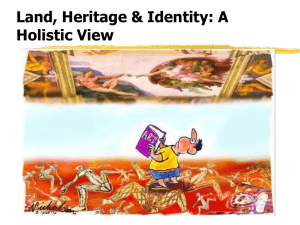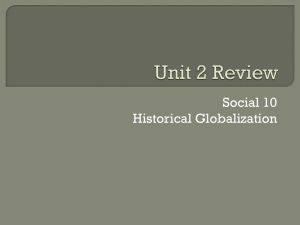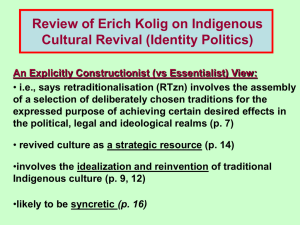teaching indigenous people in the philippines (dator, angeline d.)
advertisement
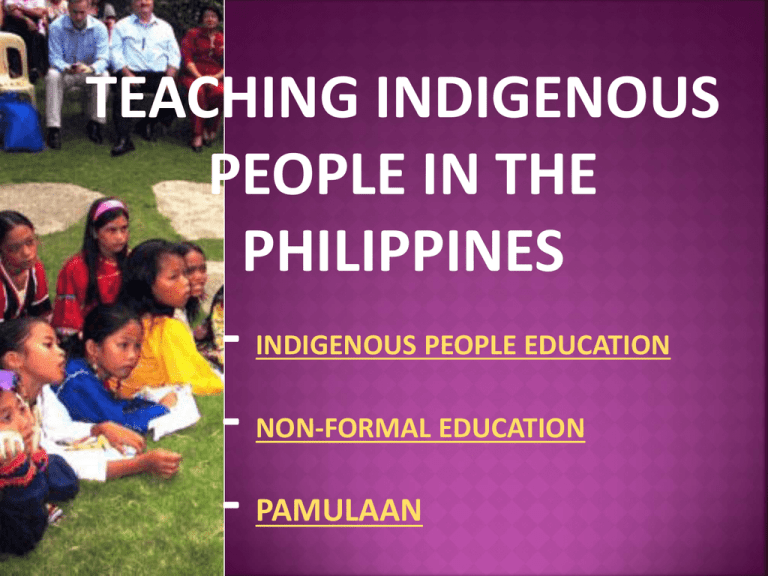
TEACHING INDIGENOUS PEOPLE IN THE PHILIPPINES - INDIGENOUS PEOPLE EDUCATION - NON-FORMAL EDUCATION - PAMULAAN Indigenous peoples represent about 10 per cent of the Filipino population and are found throughout the archipelago. The largest groups, the Igorots and Aetas, are concentrated in the mountain ranges of Luzon Island. next “We cannot benefit from front-line services and difficult communications prevent us from telling the government what we need,” said Carling Dumulot, Aeta leader in Zambales. Extreme poverty and marginalisation among indigenous peoples led the Catholic Church to set up in 1995 the Episcopal Commission on Indigenous Peoples (ECIP) to defend minority rights and help indigenous groups find ways to bridge the gap between their cultures and the rest of the world. Non-formal Education (NFE) is one such way. home It involves teaching reading and arithmetic by using non-traditional methods that rely on elements of indigenous cultures. Offered for free, classes have no age limit, can be held in the open and are flexible schedule-wise with up to three sessions per week, which enables people who have work commitments to attend. In place in Zambales province since 1983, the program has been used by Franciscan missionary nuns to educate Aetas, deemed the oldest indigenous community in the country, with its own language and traditions found nowhere else, and traditionally isolated from the wider society. home Pamulaan Center for Indigenous Peoples Education is an educational institution dedicated to the indigenous peoples in the Philippines. The first of its kind in the country, its main thrust is to create a culturally appropriate and relevant pathways of TRAINING and FORMATION for the indigenous children, youth, community leaders, and development workers. The center hopes to produce graduates equipped with knowledge and abilities to initiate collaborative actions towards sustainable development of IP communities. next Valuing Indigenous Education (PHILOSOPHY) Promoting Cultural Integrity (CURRICULUM DEVELOPMENT) Valuing Land and Environment (CURRICULUM DEVELOPMENT) Employing Holistic and Integrative Learning Process (CURRICULUM DEVELOPMENT) Enhancing Creative and Analytical Thinking (APPROACH & METHODOLOGY) Promoting the Value of Service and Volunterism (APPROACH & METHODOLOGY) Promoting Peace and Community Building (POLICIES & GUIDELINES) Promoting Empowerment and Peoples Participation (MANAGEMENT, MONITORING & EVALUATION) next next Tertiary Education A ladderized approach to educational study, it offers full-time degree courses as well as short-term training courses on: - Bachelor of Science in Education - Bachelor of Science in Agricultural Technology - Bachelor of Arts in Anthropology - Bachelor of Arts in Peace Education next Elementary and Highschool Program Formal Elementary and Secondary Education Programs using an enriched (indigenized) Department of Education curricullum and management. It operates on the principle of respect for, and recognition of the indigenous peoples' life and culture. next Early Childhood Development Program A two-year program for pre-school indigenous children. Centers of interest based on the point of view of the child and his/her cultural background have been organized into program components. home

